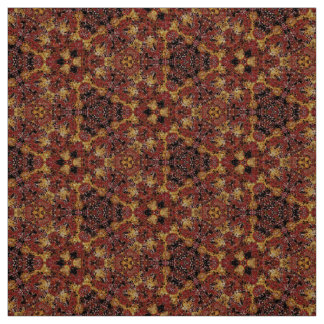

The kind of chemical reaction depends on the type of material involved. When a material, organic or inorganic, is exposed to oxygen, the oxygen molecules combine with the molecules that make up that material and create a chemical reaction. This aging process is generally known as oxidation. Bronze and brass undergo the same process, but that’s just because their main component is copper. The transformation of copper from shiny, reddish brown to green is actually the most popular type of patina formation. Patina refers to the result of any aging process that causes discoloration or fading of a material’s natural color. In fact, the green color that it develops overtime is made up of a layer of patina, which serves as it shield. The newly laid copper roof of the Massachusetts State House shows us a glimpse of how those structures used to look like.īut why did their color change? Have they been painted so they won’t rust like most steel structures? While coating the surface of metal certainly helps prevent corrosion, copper is different from other metals because it has its own way to protect itself from corrosion. They were actually shiny, metallic-looking at first.

But a lot of us didn’t know that most of the old copper structures like The Statue of Liberty haven’t always been green. We also know that The Statue of Liberty in New York Harbor is also made mostly of copper. Best examples include the Library of Parliament in Ottawa, Ontario and the Massachusetts State House, which both have a copper roof. In North America, we know copper as the material that make up many of our prominent landmarks, and one of the main reasons they still stand to this day. As such, copper is also known as a barometer for the global economy, because its production reflects the current and future state of those industries. Because of the many useful properties of copper, major industries, such as transportation, construction, and telecommunication rely heavily on its production. Most of us know it as the first metal discovered and used by man, preceding even gold and silver, yet strangely not as popular in ancient documents since it’s been utilized mostly for utilitarian applications.

To protect the patina and enhance its appearance, apply a clear, protective sealant.Copper is widely known for many things. Rinse and sealĪfter the patina has developed to your liking, rinse the piece thoroughly with water to remove any residual solution. Keep an eye on the progress and remove the piece from the solution once you’re satisfied with the appearance. This can take anywhere from a few hours to several days, depending on the solution and desired effect. Let the patina developĪllow your copper piece to sit undisturbed as the patina develops. You can either spray, brush, or immerse your copper piece in the solution.īe sure to follow the specific instructions for your chosen patina solution. Vinegar and salt: Results in a green patina, similar to the effect seen on outdoor copper pieces.ĭepending on the solution you’ve chosen, the application process may vary.Ammonia and salt: Produces a beautiful blue-green patina.Liver of sulfur: A classic choice that creates a dark, aged appearance.There are several patina solutions you can use to achieve different colors and effects. Once clean, rinse and dry the piece thoroughly. You can use a mild detergent or a simple vinegar and salt solution to clean the surface.

#Copper with patina color fabric free#
Clean your copper pieceīefore applying any patina, ensure your copper piece is clean and free from any debris or oils.
#Copper with patina color fabric how to#
Here’s a step-by-step guide on how to create a copper patina: 1. Ready to give your copper projects that rustic, antique look? This is especially useful for copper, which tends to oxidize and tarnish over time.īy applying a patina, you help preserve the appearance of your piece and protect it from further corrosion. Not only does copper patina add a unique, aged look to your projects, but it also serves as a protective layer. While it naturally takes years for a patina to form, we can speed up the process using a few simple techniques to create unique and eye-catching effects on our copper forging projects. Simply put, a patina is a thin layer that forms on the surface of metals, such as copper, due to exposure to natural elements over time.įor copper, this patina is usually a beautiful green or blue hue, often seen on historic buildings and statues (think of the Statue of Liberty!). Why Add Patina to Your Copper Creations?.


 0 kommentar(er)
0 kommentar(er)
